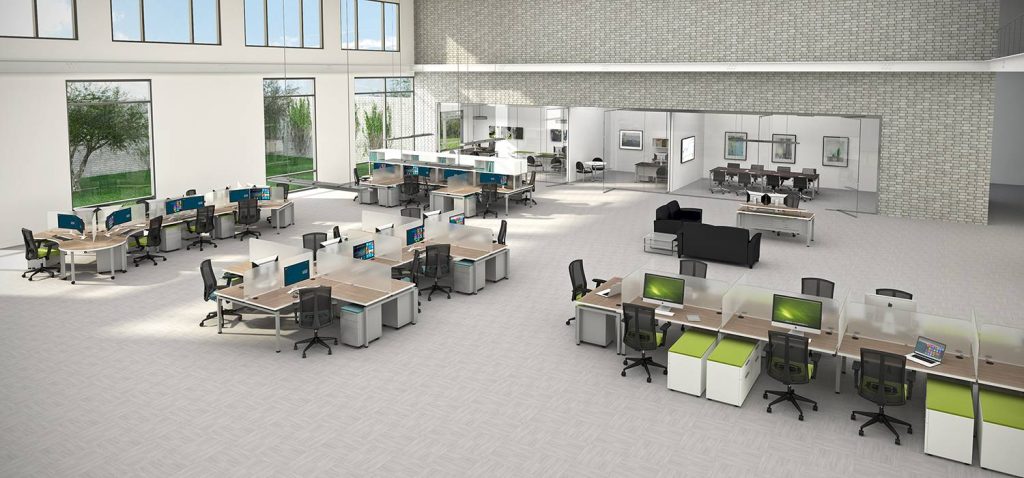What is Open space technology?
Open Space Technology (OST) is a meeting facilitation methodology that encourages self-organization and collaborative discussions among participants. It is a flexible and inclusive approach designed to enable groups of varying sizes to address complex issues, solve problems, and generate innovative ideas.
In Open Space Technology, participants gather in a physical or virtual space and create an agenda together. There are no pre-determined schedules or predefined topics. Instead, participants propose topics or themes that are important to them and are passionate about discussing or working on. These topics are then organized into time slots and allocated to different spaces within the venue, forming multiple discussion groups or “sessions.”
During the sessions, participants are free to move between groups, joining discussions of their interest. They engage in open and meaningful conversations, sharing experiences, knowledge, and perspectives. The discussions are self-guided, allowing participants to take ownership of their learning and contribution.
The principles of Open Space Technology include:
- Whoever comes is the right person.
- Whatever happens, is the only thing that could have.
- Whenever it starts is the right time.
- When it’s over, it’s over.
The facilitator’s role in Open Space Technology is minimal, mainly focusing on explaining the process and principles, and ensuring that everyone feels welcome and empowered to participate.
Open Space Technology is widely used in organizations, conferences, community gatherings, and other settings where diverse perspectives and collective problem-solving are essential. It promotes creativity, collaboration, and engagement, allowing participants to explore ideas, find common ground, and create actionable outcomes.

When open space technology introduced
Open Space Technology was introduced in the 1980s by organizational consultant Harrison Owen. The methodology originated from Owen’s observations and experiences while facilitating meetings and conferences. He recognized the limitations of traditional meeting formats and sought to develop a more inclusive and effective approach to encourage collaboration and productivity among participants.
Type of open space technology
There is only one main type of Open Space Technology (OST). However, within that framework, there are variations and adaptations that can be tailored to specific needs. Some common types of applications of Open Space Technology include:
- Open Space Meetings: These are the most common form of OST, where participants gather for a focused discussion or problem-solving session. The meeting typically lasts one or more days, allowing participants to engage in self-organized discussions and explore topics of interest.
- Open Space Conferences: OST can be used as a format for organizing conferences or large-scale events. Participants have the freedom to create their own agenda, propose sessions, and move between discussions throughout the conference. This format encourages active participation and collaboration among attendees.
- Open Space Workshops: Workshops using OST principles allow participants to delve into specific topics or challenges. They provide a structured environment for in-depth exploration and problem-solving, leveraging the self-organization and participant-driven nature of Open Space Technology.
- Virtual Open Space: With the advancement of technology, Open Space Technology can be adapted to virtual environments, allowing participants to engage in self-organized discussions and collaboration remotely. Virtual platforms enable participants from different locations to connect, share ideas, and work together.
- Hybrid Open Space: This involves combining traditional face-to-face meetings with virtual participation. It allows for a mix of in-person and remote participants to engage in Open Space discussions and activities. Hybrid Open Space can offer flexibility and inclusivity by accommodating participants who cannot attend in person.
While these variations exist, the fundamental principles of Open Space Technology remain consistent across different applications. The core idea is to create a self-organizing environment where participants have the freedom to explore topics of interest, collaborate, and find solutions collectively.




















